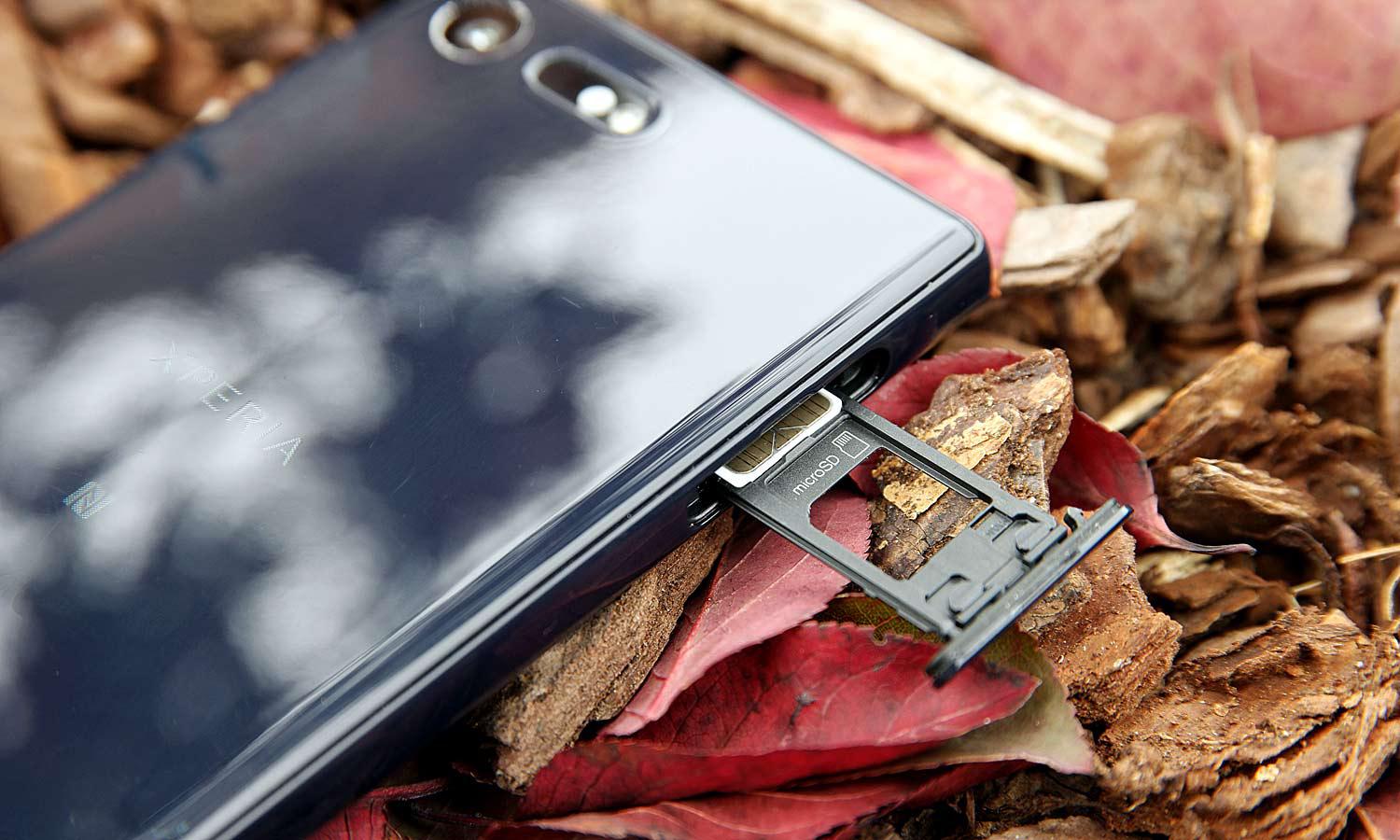Flagship Android phones are getting more storage space these days. But capacity is still at a premium on older phones and budget models. Consider that three of our favorite budget phones this year — the Honor 7X, the ZTE Blade V8 Pro and the Moto G5 Plus — all ship with 32GB capacities. (In the case of the G5 Plus, you can pay up for a 64GB model, at least.) A large chunk of that storage is already taken up by the operating system and preloaded software. After you start adding your own apps, shooting photos and videos and downloading podcasts, you risk running out of space.
Editor's Note 11/11/2018: The holidays are here. Make sure to read our guide to the best Galaxy S9 and S9+ Black Friday deals of the season.
Fortunately, a number of Android devices sport microSD card slots that allow you to expand your storage capacity by inserting an inexpensive memory card. You can grab a 32GB card for around $12, while a 64GB card runs you $25 or so. Prices get a little steep ($50 to $60) if you want 128GB of storage, but those 32GB and 64GB cards can buy you a little extra room for storing Android apps.
Here's how to move apps to the microSD card using Android's built-in application management features.
What to Know About Adding Storage
First, not all Android devices allow you to install portions of an installed app to the microSD card, but for those that do, it’s just a quick trip to the application manager and a button press away. Most flagship phones have moved away from support for this feature, with the LG G4 and Samsung Galaxy S5 among the last to support it; it is more commonly found in midrange to low-end hardware, but these are often devices that could use the extra storage.
MORE: 22 Top Features of Android Oreo
Unfortunately, even if your smartphone supports the feature, not all apps do. Large apps such as games leave most of their data on the internal storage. For example, Asphalt 8 puts just 64MB of data on the microSD card while leaving the remaining 1.4GB to fill up your phone or tablet. That said, you can save some space this way, particularly if you have a lot of apps installed and move as many as possible to a microSD card.
Move Apps to SD Card Using Application Manager
1. Navigate to Settings on your phone. You can find the settings menu in the app drawer.





If you wish to move an app back to the internal memory, hit the Change button again and select Internal Storage.
Use SD Card as Internal Storage
If your device does not support moving apps to a microSD card there’s another option, first introduced in Android Marshmallow, that may be the answer for you. This feature is called Adoptable or Flex Storage, and it allows you to format a microSD card to act like added internal storage. Again, not all devices with a microSD slot will support this feature: Motorola, HTC, Huawei and Nvidia have all chosen to enable Flex Storage, while Samsung and LG have to date removed it.
There are a few factors to consider before enabling this feature. You will want the fastest microSD card that you can find to ensure smooth performance, at least Class 10 or UHS-I and preferably UHS-3. Any data present on the microSD card will be erased when you format it as internal storage, and from that point, it will be unusable in other devices (unless you reformat it again). Finally, remember that if you remove this microSD card from your phone, you will break functionality to any apps or content you’ve moved to it.









Your SD card will now be listed immediately below the internal shared storage and the system will use it as additional internal storage in the future.




